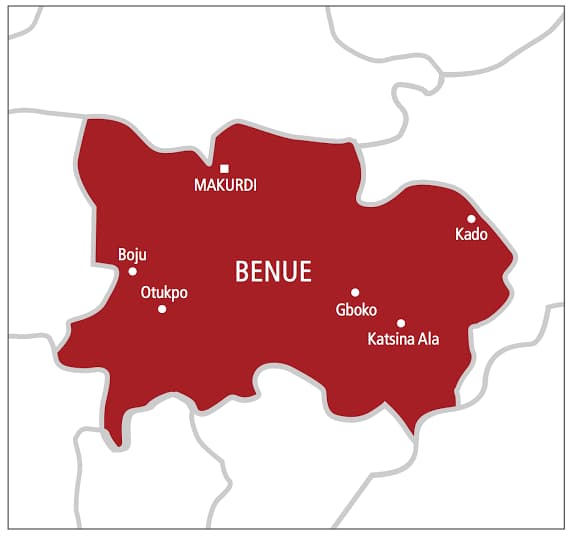Sierra Leone is facing a rapidly worsening mpox outbreak, with the country’s health ministry confirming 3,011 cases and 14 deaths as of May 24, 2025. This marks a nearly 50% surge in cases since May 13, when 2,045 cases and 11 deaths were reported, underscoring the alarming spread of the disease across the nation. As the outbreak, driven by the clade 2b strain, engulfs all 16 districts, Sierra Leone’s fragile healthcare system is being pushed to its limits, raising urgent concerns about containment and response capacity.
A Nationwide Crisis Unfolds
The Western Area Urban and Western Area Rural regions, which include the bustling capital city of Freetown, have emerged as the epicenters of the outbreak, accounting for the majority of cases. These densely populated areas, home to vibrant markets, crowded neighborhoods, and busy transport hubs, have created fertile ground for the virus to spread. However, no district in Sierra Leone has been spared, with cases reported from the northern provinces to the southern coastal regions, highlighting the outbreak’s relentless reach.
Mpox, formerly known as monkeypox, is a viral disease that spreads through close physical contact, including skin-to-skin contact, respiratory droplets, and contaminated surfaces. Symptoms include fever, rash, swollen lymph nodes, and muscle aches, with the characteristic pox-like lesions appearing on the skin. While the clade 2b strain circulating in Sierra Leone is less deadly than the clade 1b strain seen in other regions, such as the Democratic Republic of Congo, its high transmissibility has fueled a rapid rise in cases, posing a significant public health challenge.
A Strained Healthcare System
Sierra Leone’s healthcare infrastructure, still recovering from the scars of the 2014-2016 Ebola epidemic, is struggling to cope with the surge in mpox cases. With only 60 isolation beds available nationwide, many patients are being forced to isolate at home, increasing the risk of household transmission. Health officials have reported that contact tracing remains a critical bottleneck, with only one contact traced for every confirmed case—a ratio far below what is needed to effectively curb the spread. Limited access to genomic sequencing has further hampered efforts to fully understand the virus’s behavior and tailor response strategies.
Despite these challenges, Sierra Leone has made strides in its vaccination campaign. Over 30,000 people, including frontline healthcare workers, high-risk communities, and contacts of confirmed cases, have received mpox vaccines. The government, in collaboration with international partners like the World Health Organization (WHO) and the Africa Centres for Disease Control and Prevention (Africa CDC), has prioritized vaccination in high-burden areas. However, vaccine supplies remain limited, and the logistics of reaching remote communities in districts like Koinadugu and Kailahun are daunting.
Voices from the Frontlines
The human toll of the outbreak is evident in the stories emerging from affected communities. In Freetown’s Susan’s Bay slum, where cramped living conditions make social distancing nearly impossible, residents like Aminata Kamara, a 34-year-old market vendor, are living in fear. “We hear about mpox on the radio, but we don’t know how to protect ourselves properly,” she said. “If someone in my compound gets sick, where will they go? There’s no space in the hospitals.”
Healthcare workers are also feeling the strain. Dr. Ibrahim Sesay, a physician at Connaught Hospital in Freetown, described the situation as “overwhelming.” “We’re seeing patients with severe rashes and fevers, but we don’t have enough beds or resources to isolate everyone,” he said. “We’re doing our best, but we need more support—more beds, more testing kits, and more vaccines.”
A Regional and Global Concern
Sierra Leone’s outbreak is part of a broader mpox resurgence across Africa, with countries like Nigeria, Ghana, and South Africa also reporting cases. The WHO declared mpox a Public Health Emergency of International Concern in August 2024, emphasizing the need for a coordinated global response. In Sierra Leone, the government has appealed for international assistance to bolster testing, treatment, and prevention efforts. The Africa CDC has pledged additional vaccine doses and technical support, but experts warn that without swift action, the outbreak could spiral further out of control.
The clade 2b strain, while less severe than its clade 1b counterpart, is still a significant threat, particularly for vulnerable populations such as children, pregnant women, and those with compromised immune systems. In Sierra Leone, where malnutrition and limited access to healthcare are widespread, the virus’s impact could be particularly devastating if not contained.
Community Response and Public Awareness
To combat misinformation and stigma, the Sierra Leonean government has launched public awareness campaigns, using radio, social media, and community leaders to educate people about mpox symptoms and prevention measures. Handwashing stations have been set up in markets and public spaces, and health officials are urging people to avoid physical contact with those showing symptoms. However, cultural practices, such as communal living and traditional healing methods, have made it difficult to enforce strict preventive measures in some areas.
Community health workers are playing a pivotal role in bridging the gap. Fatmata Bangura, a community health volunteer in the Moyamba district, has been going door-to-door to teach families about mpox. “People are scared, but they also don’t understand how serious this is,” she said. “We tell them to watch for rashes and fever and to report cases quickly, but many are afraid of being stigmatized or taken away from their families.”
Join our Whatsapp channel to stay updated always!


